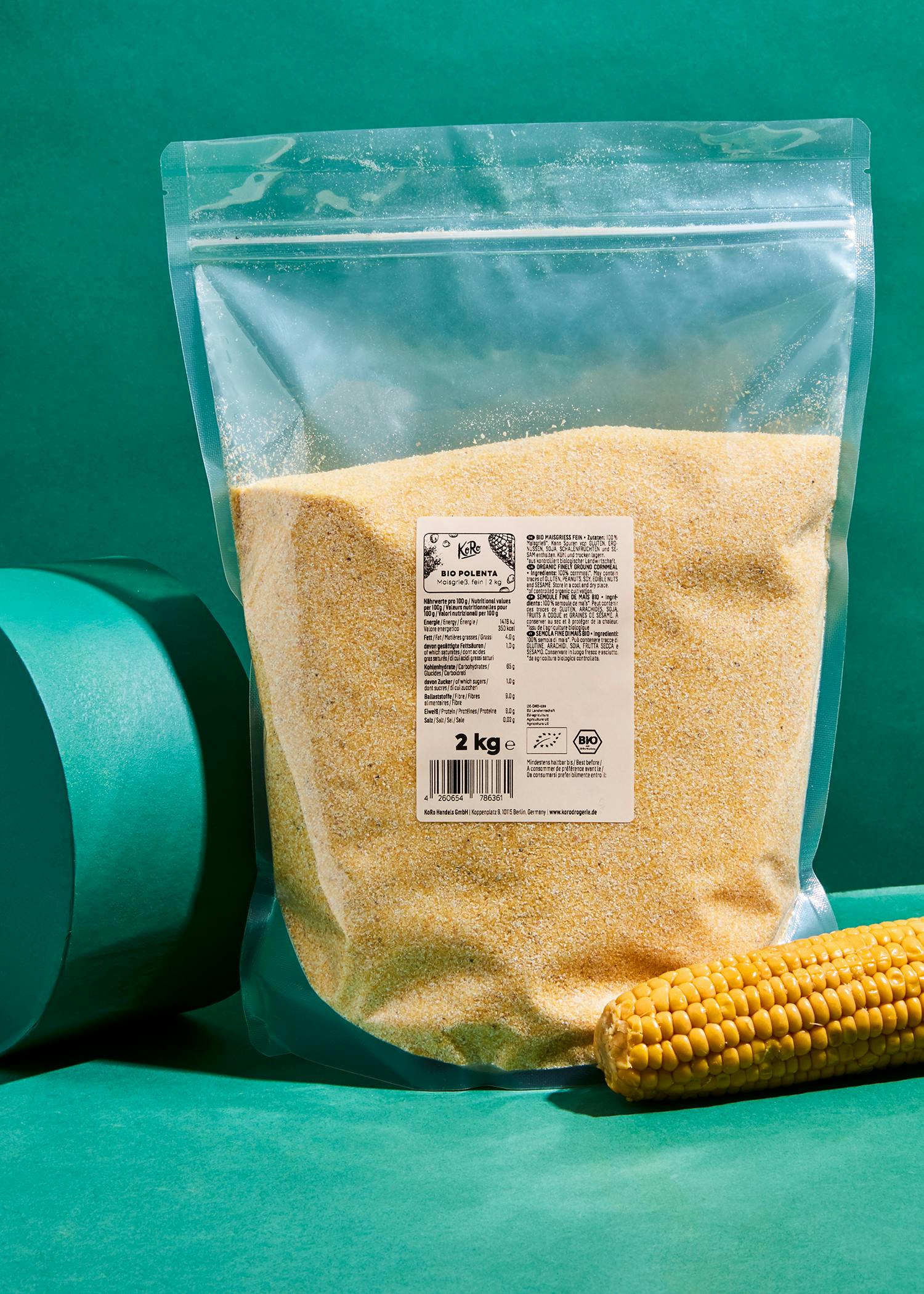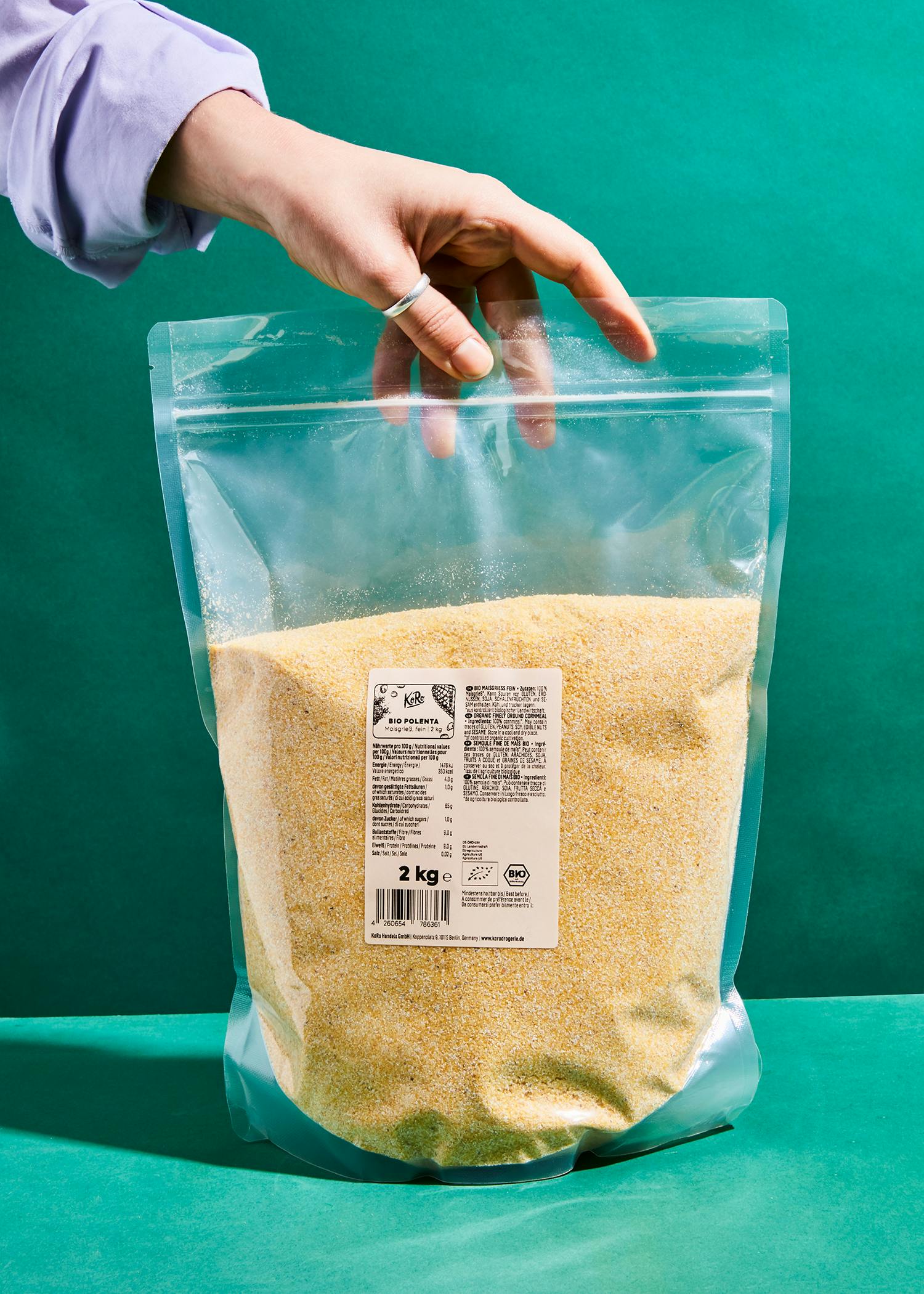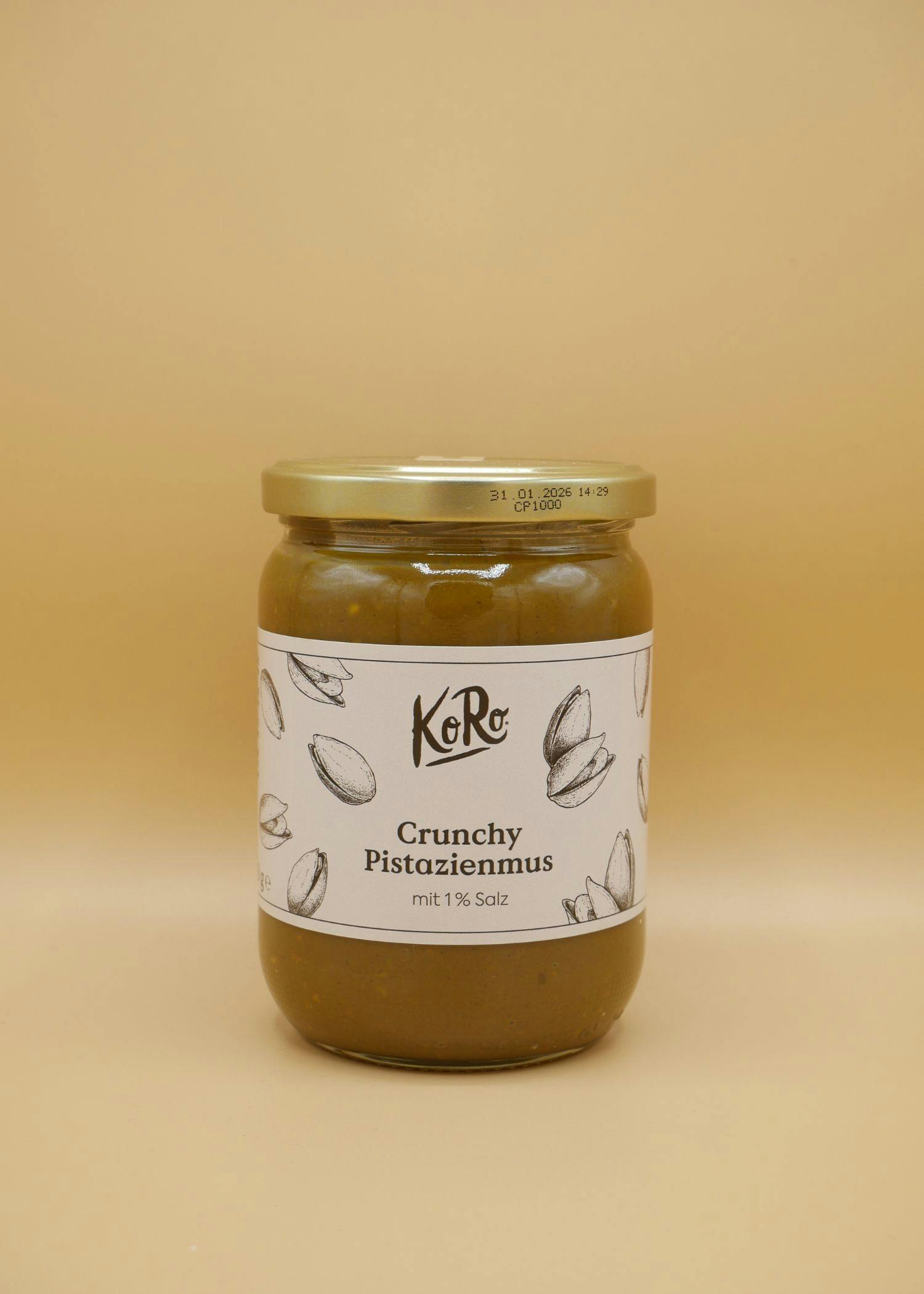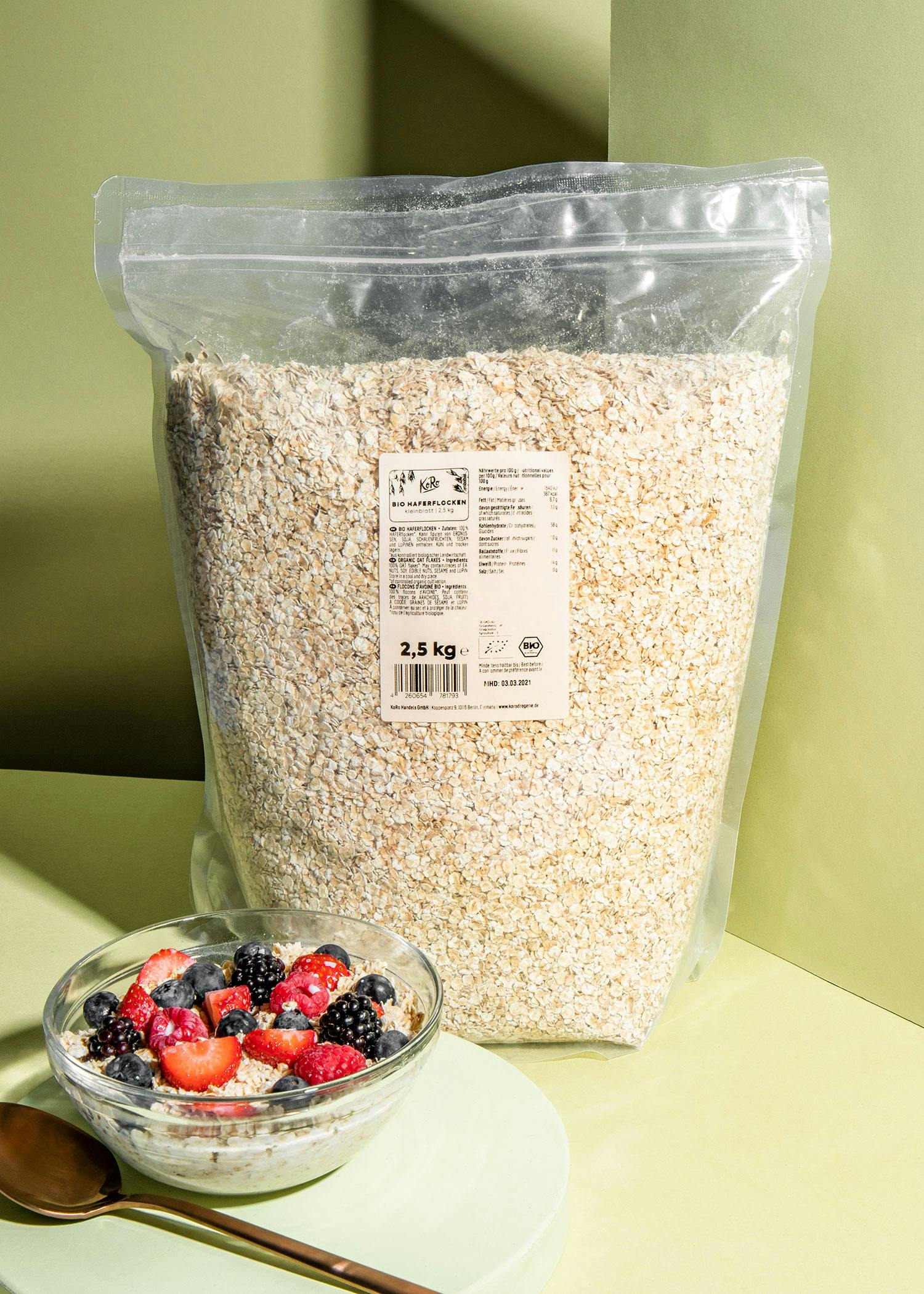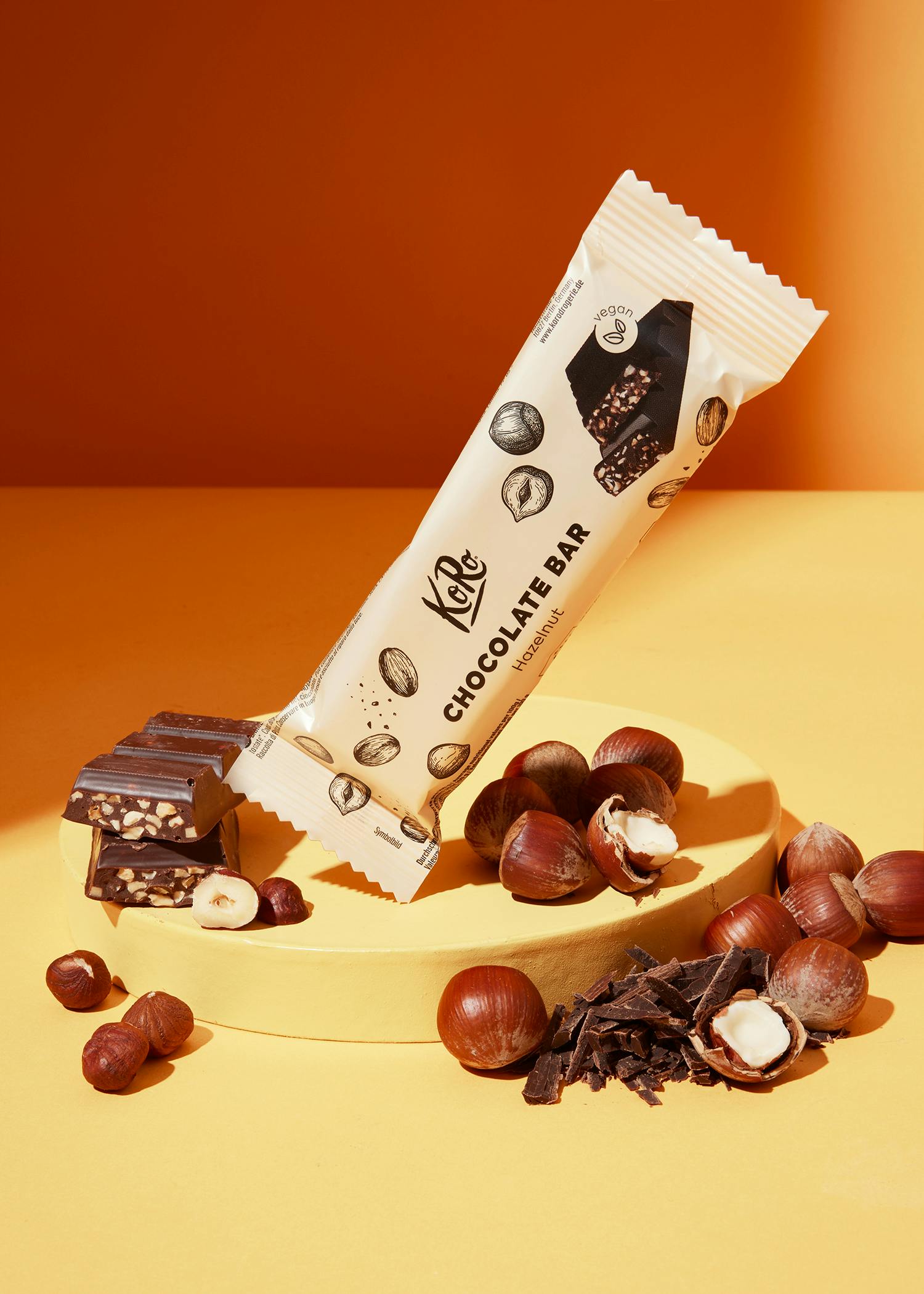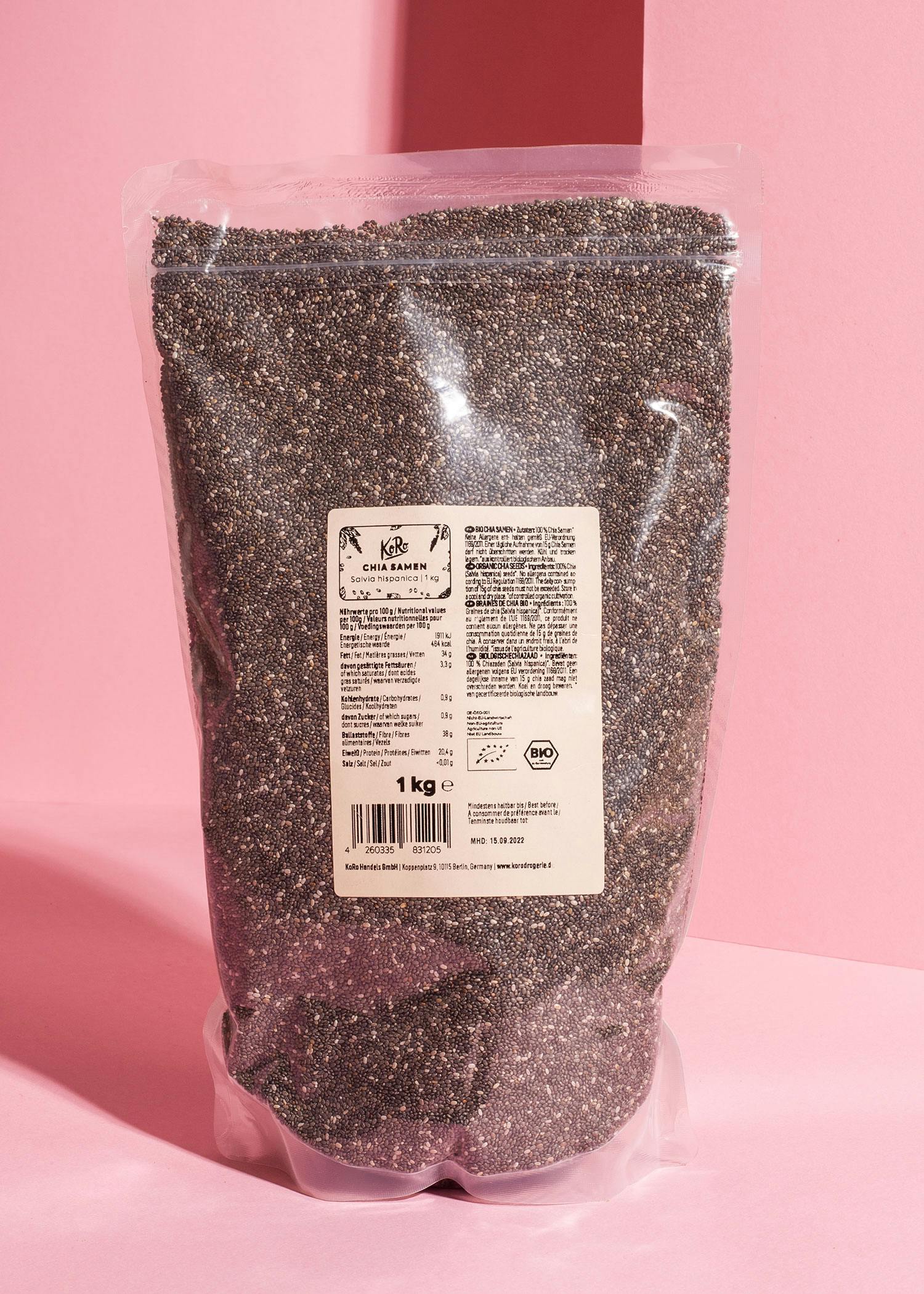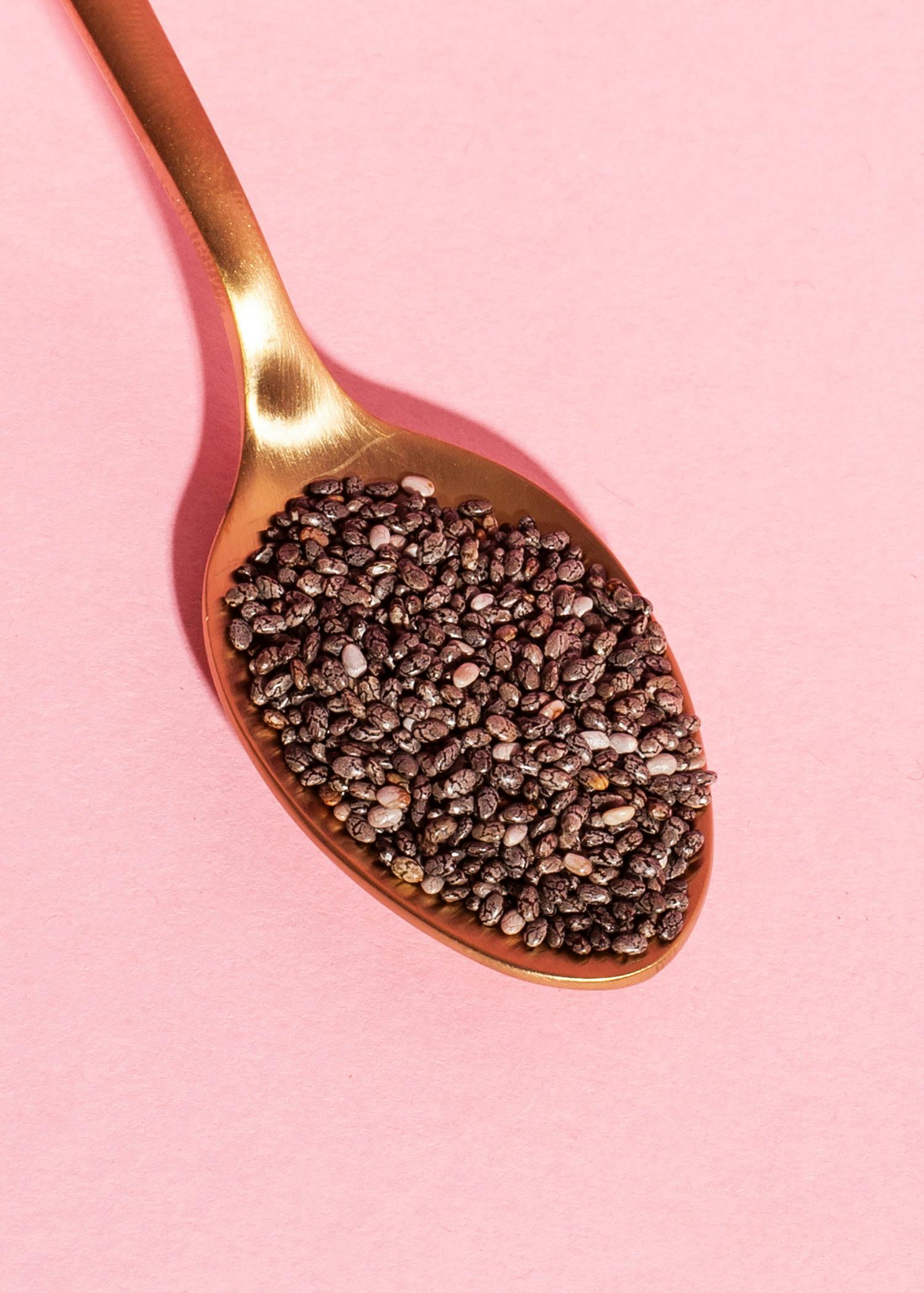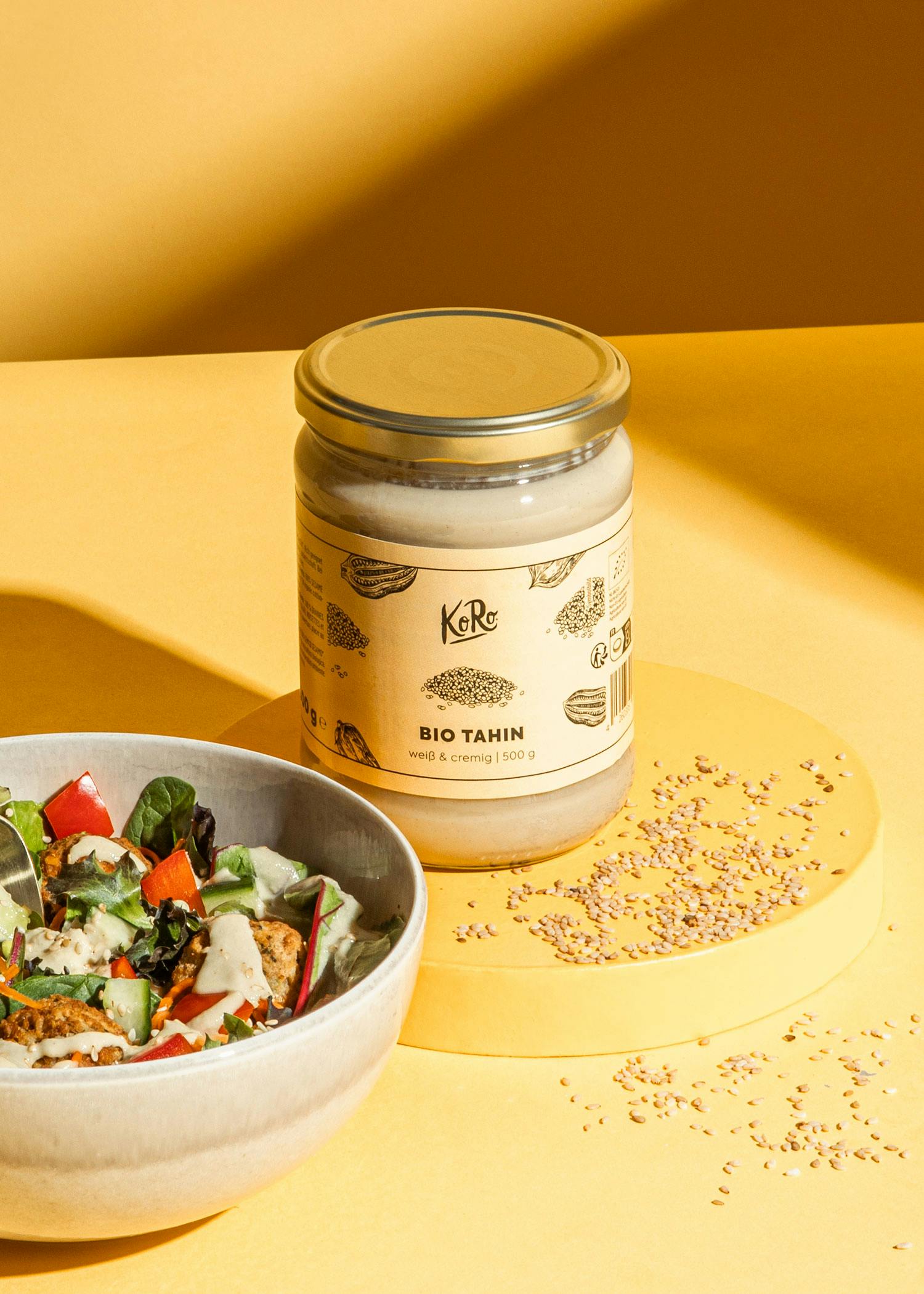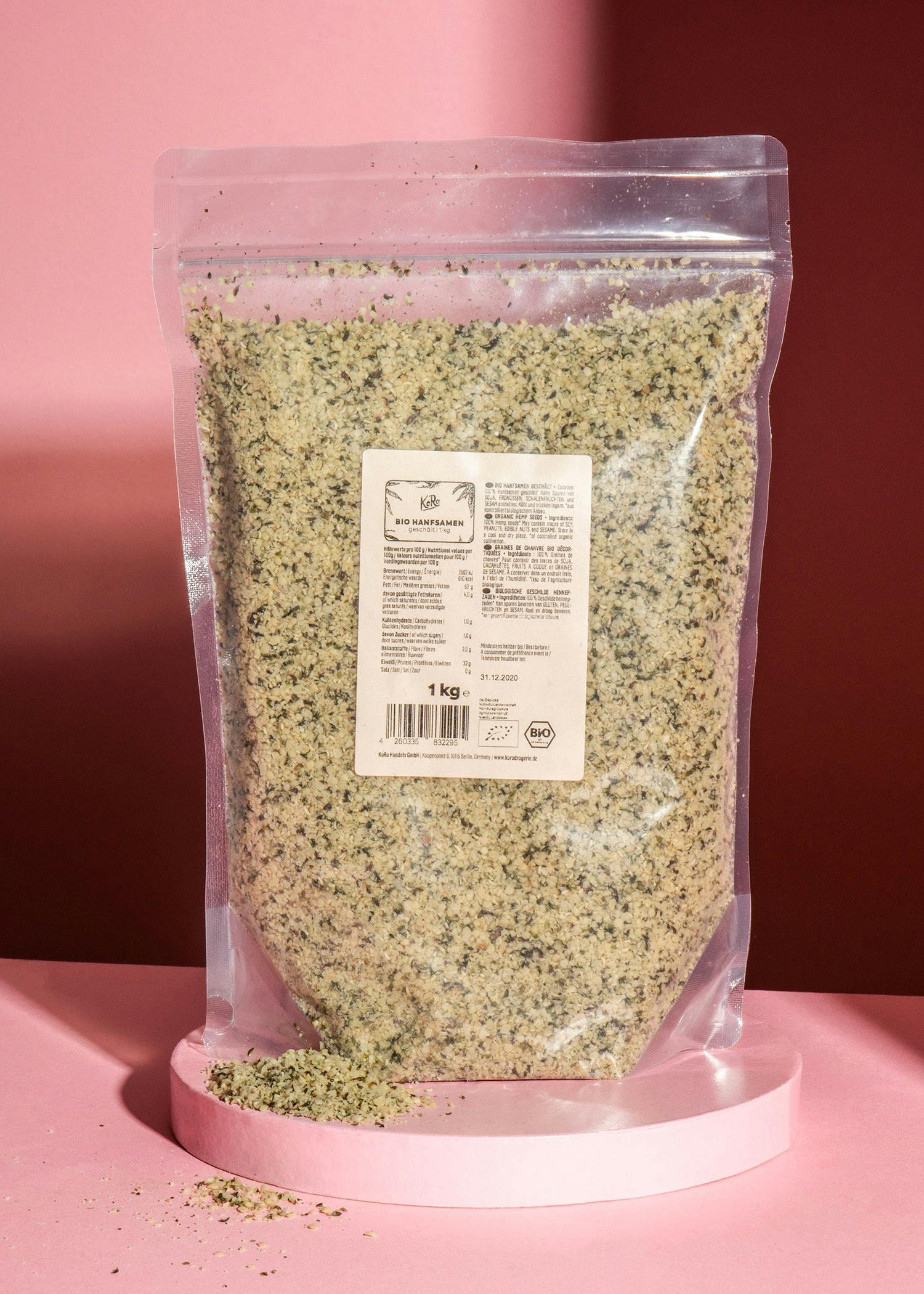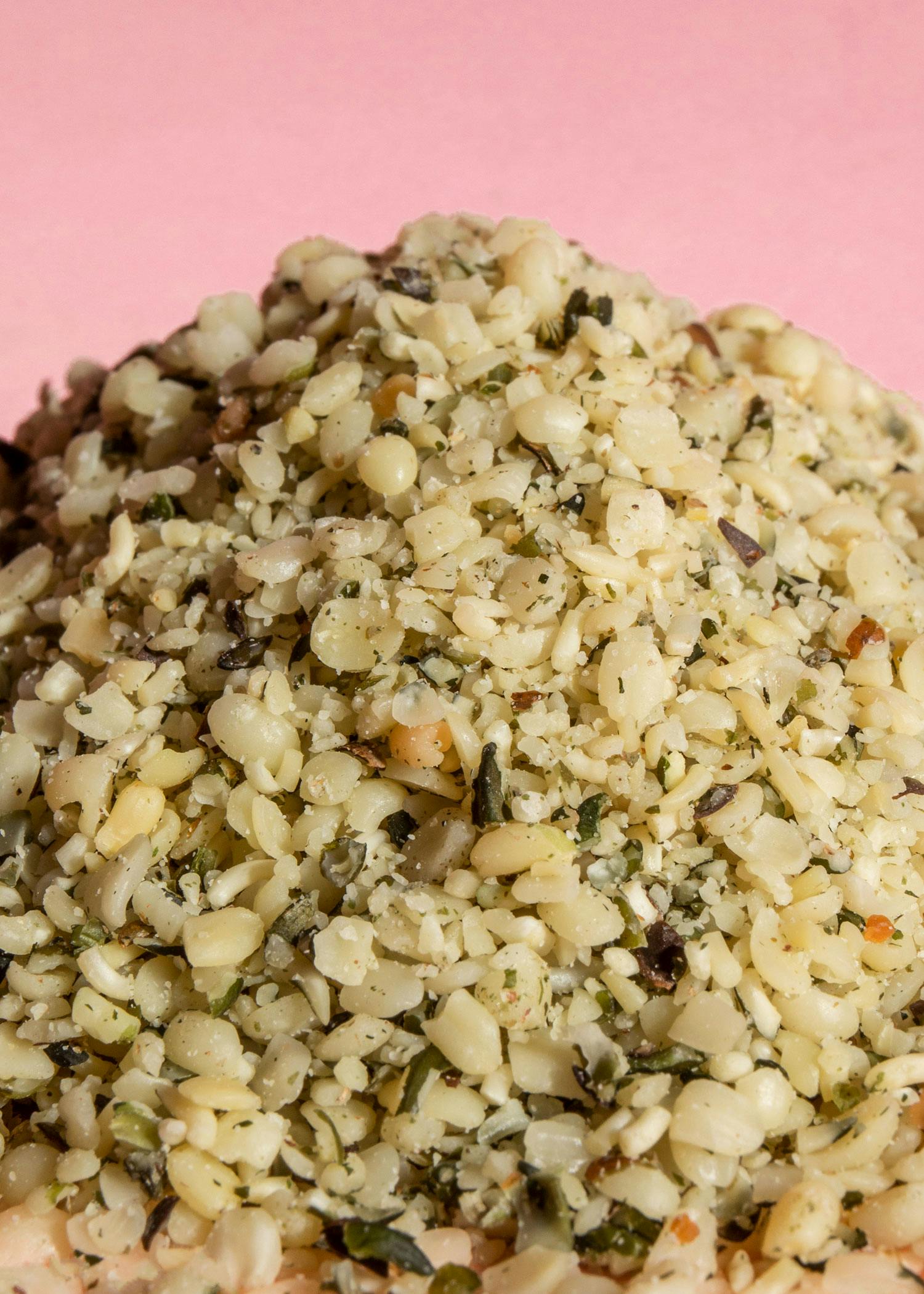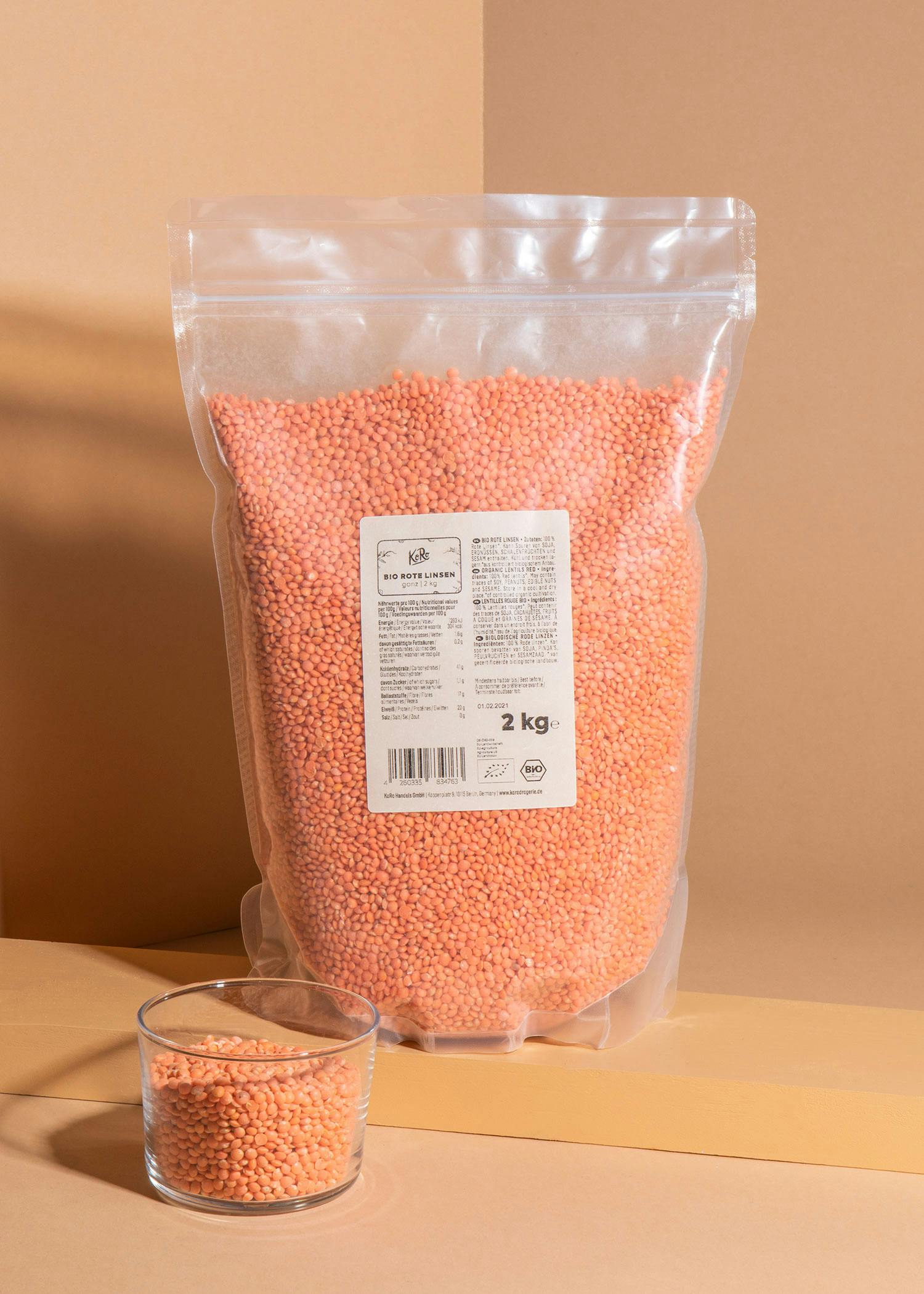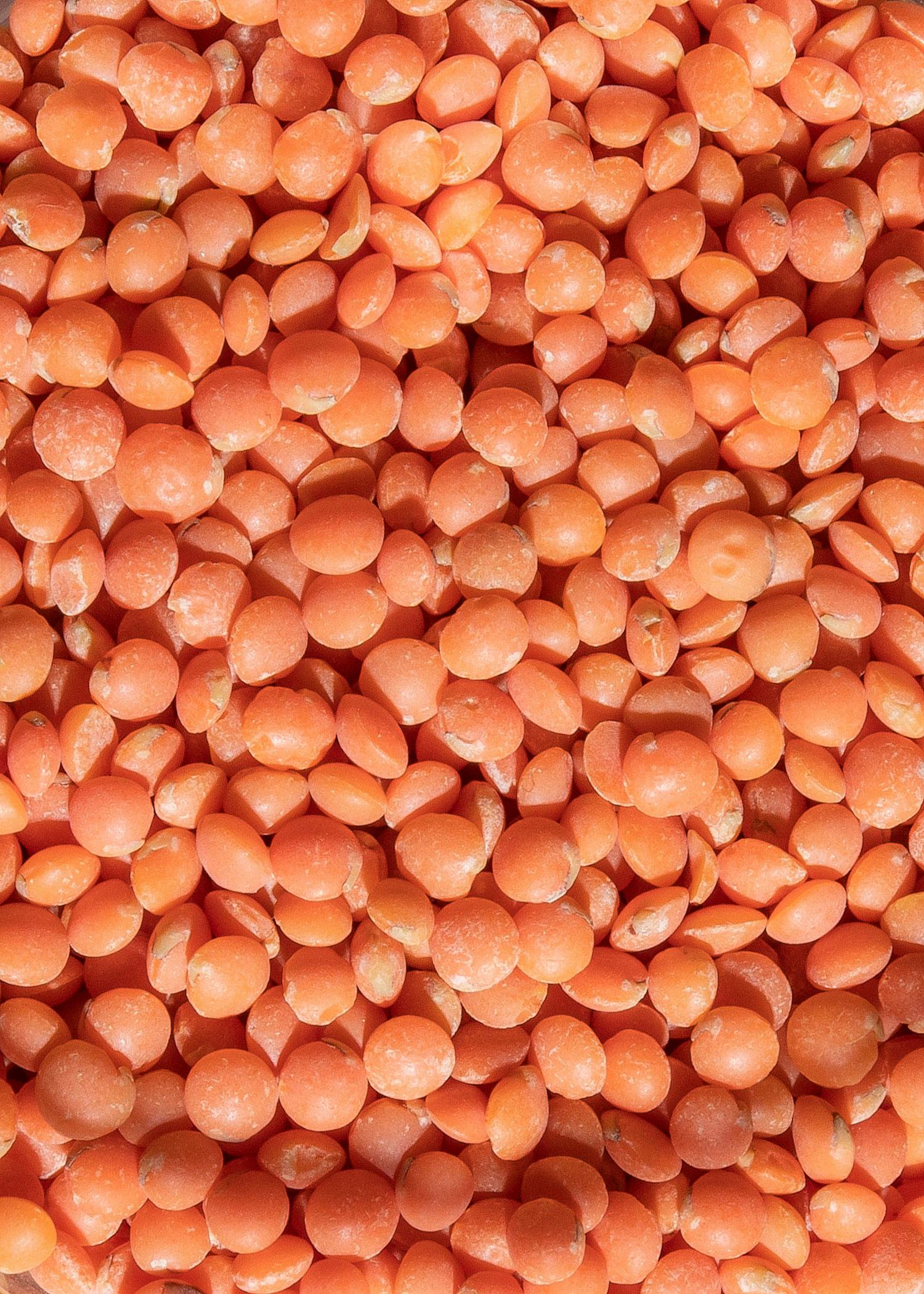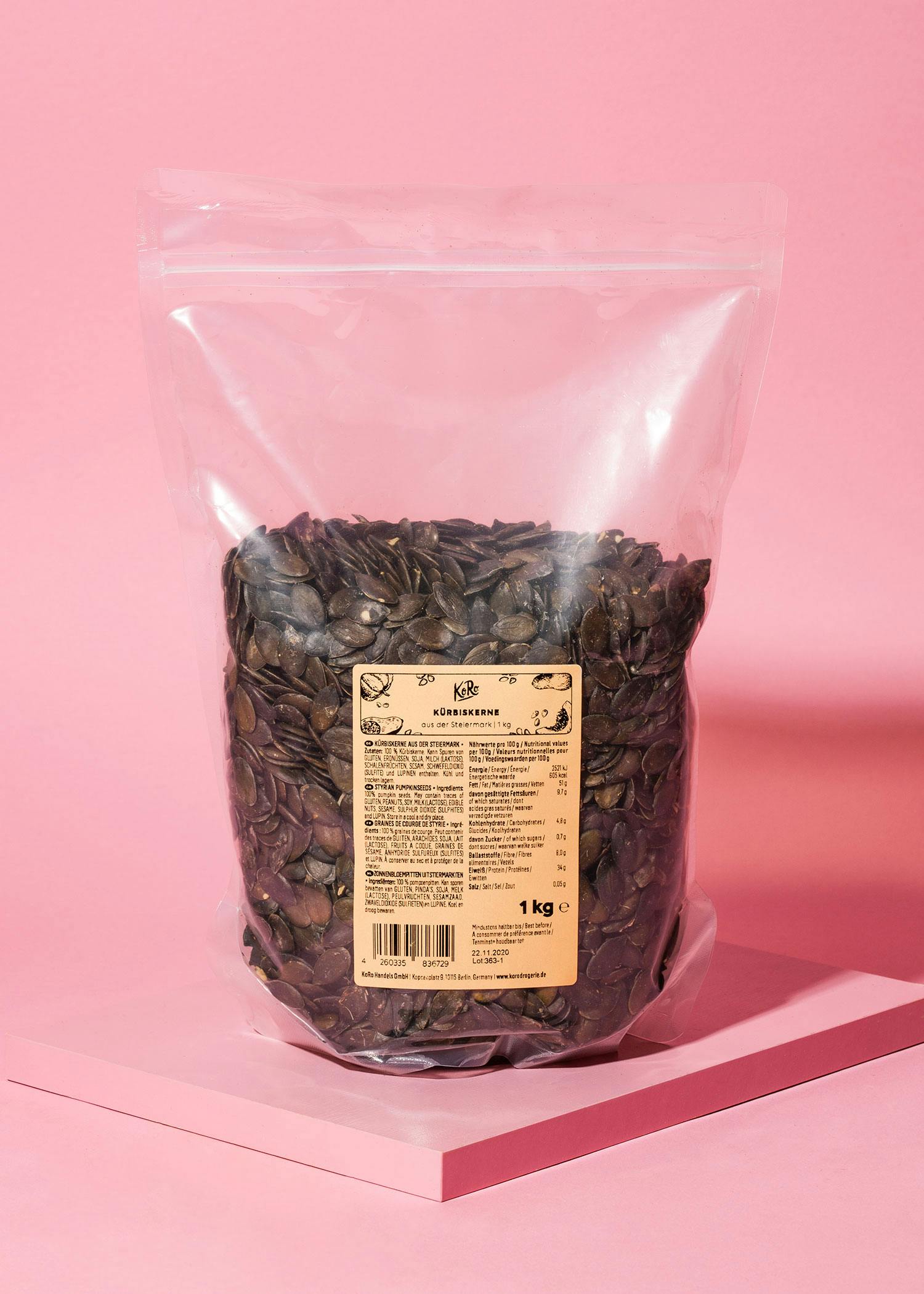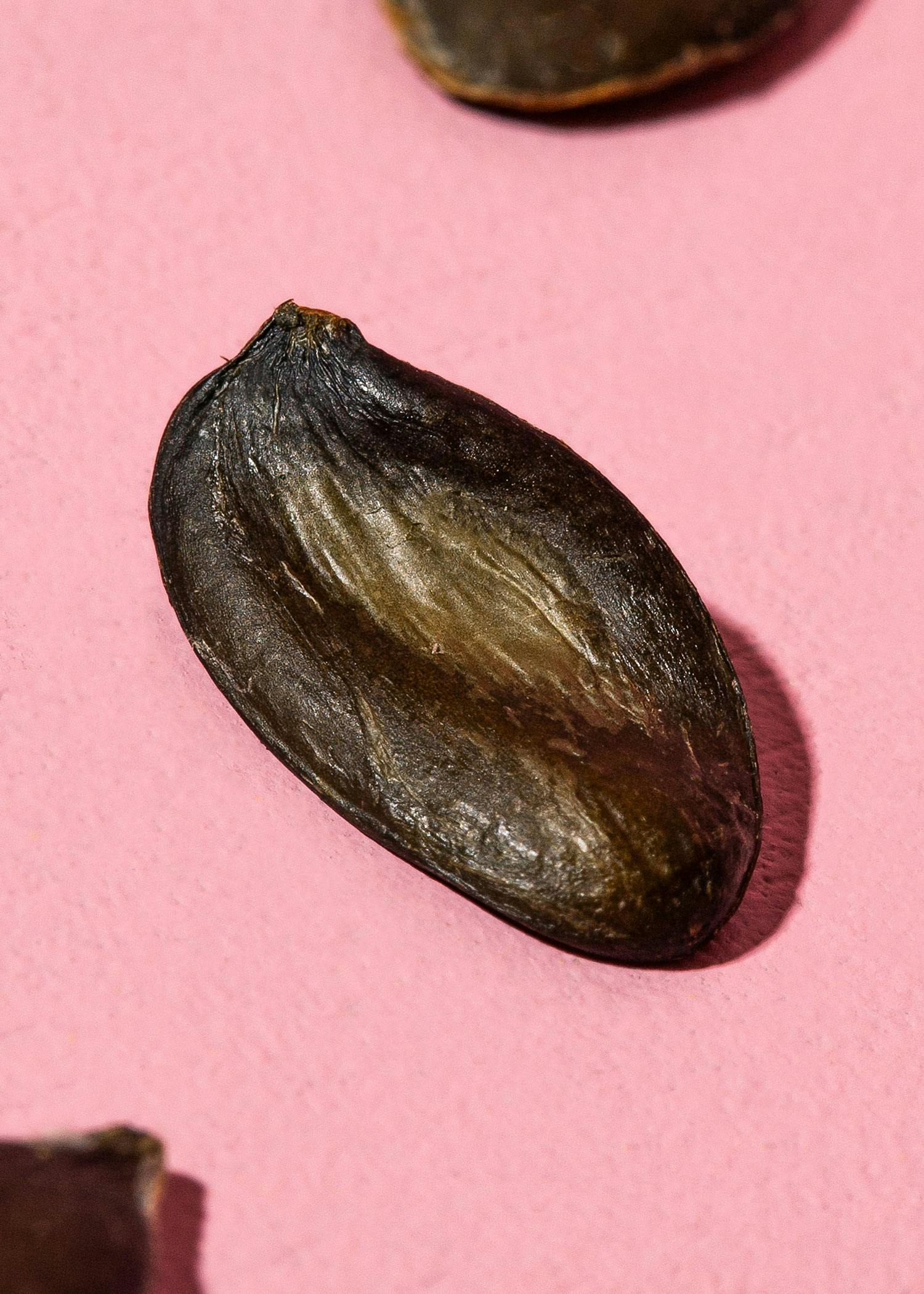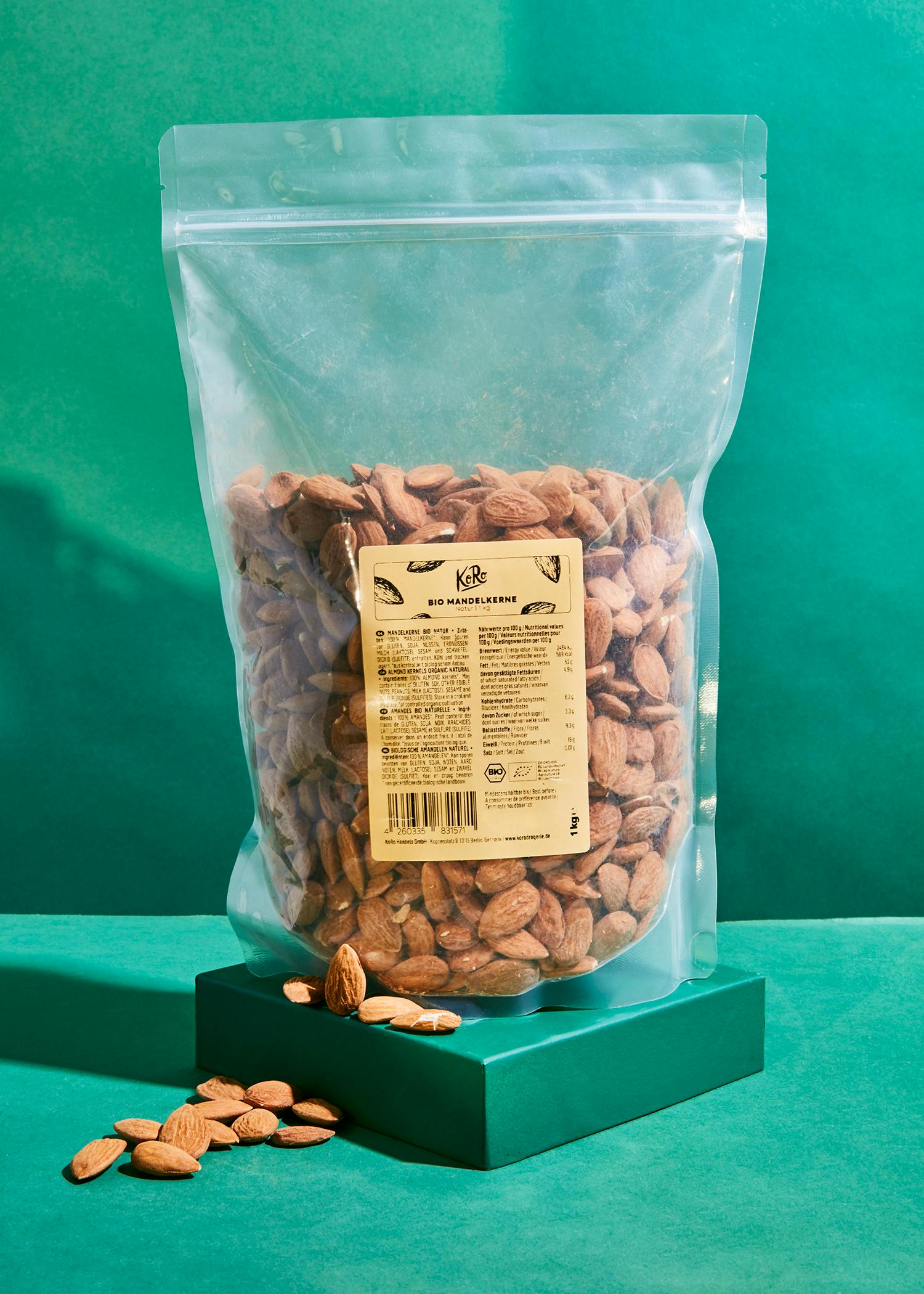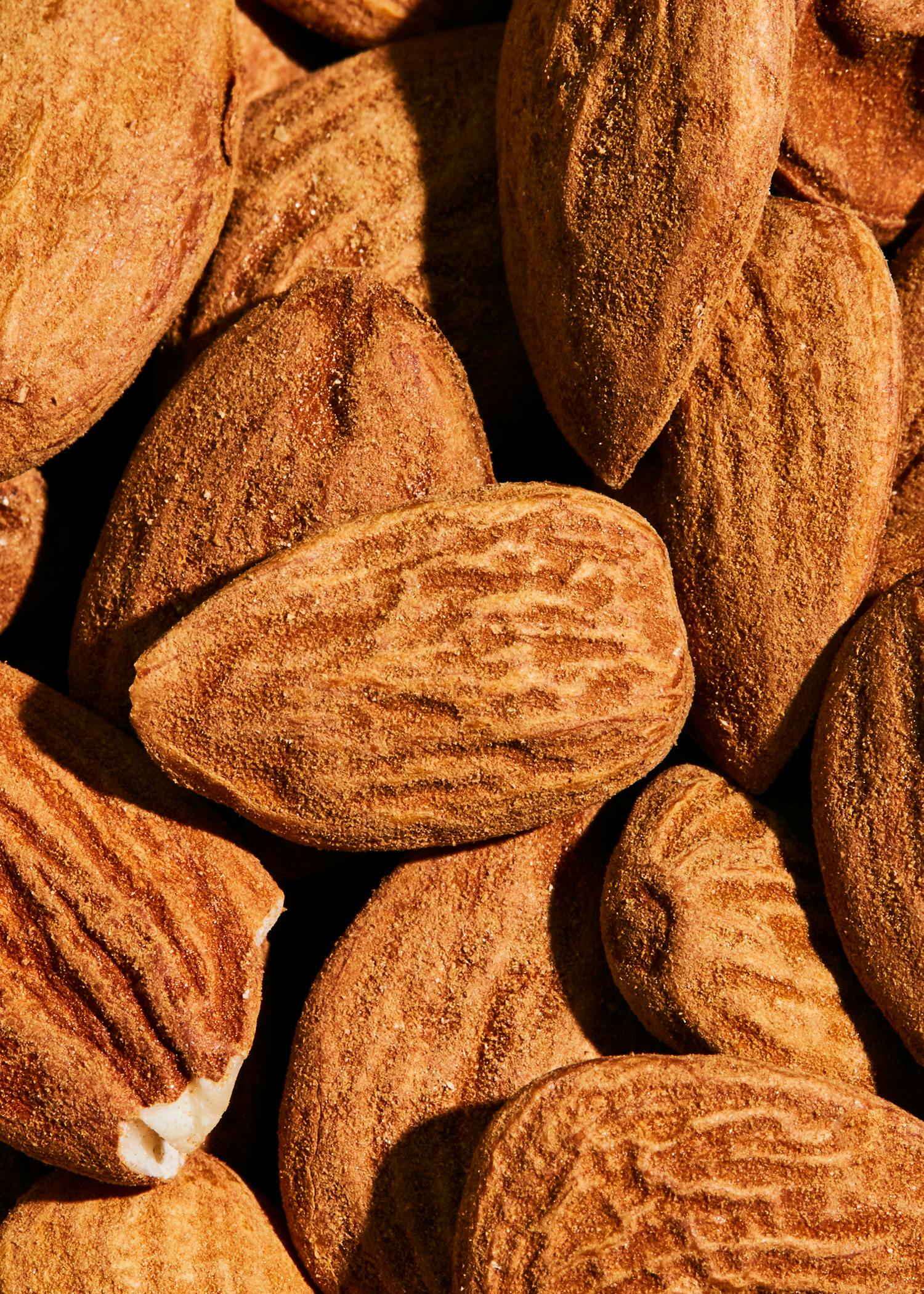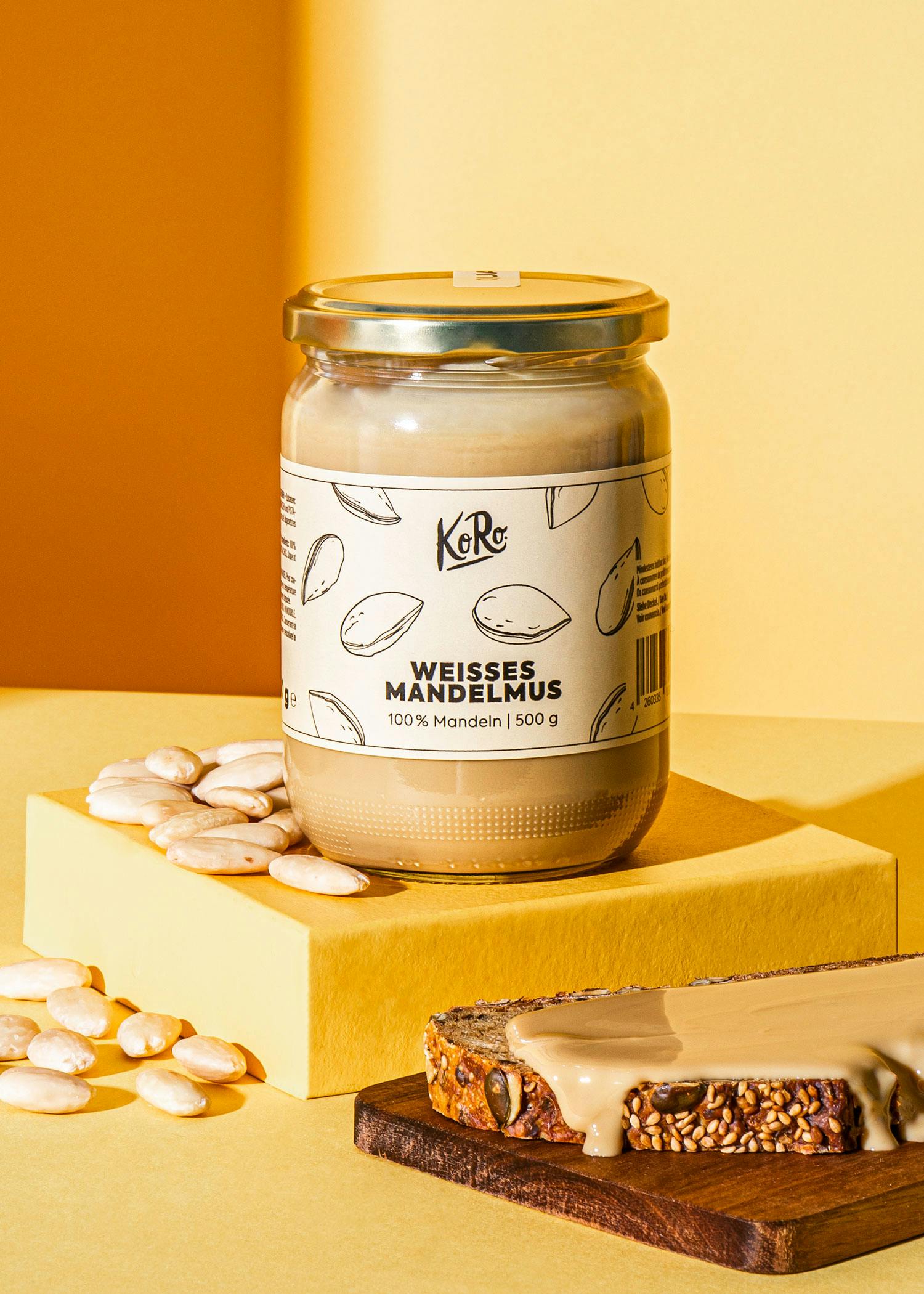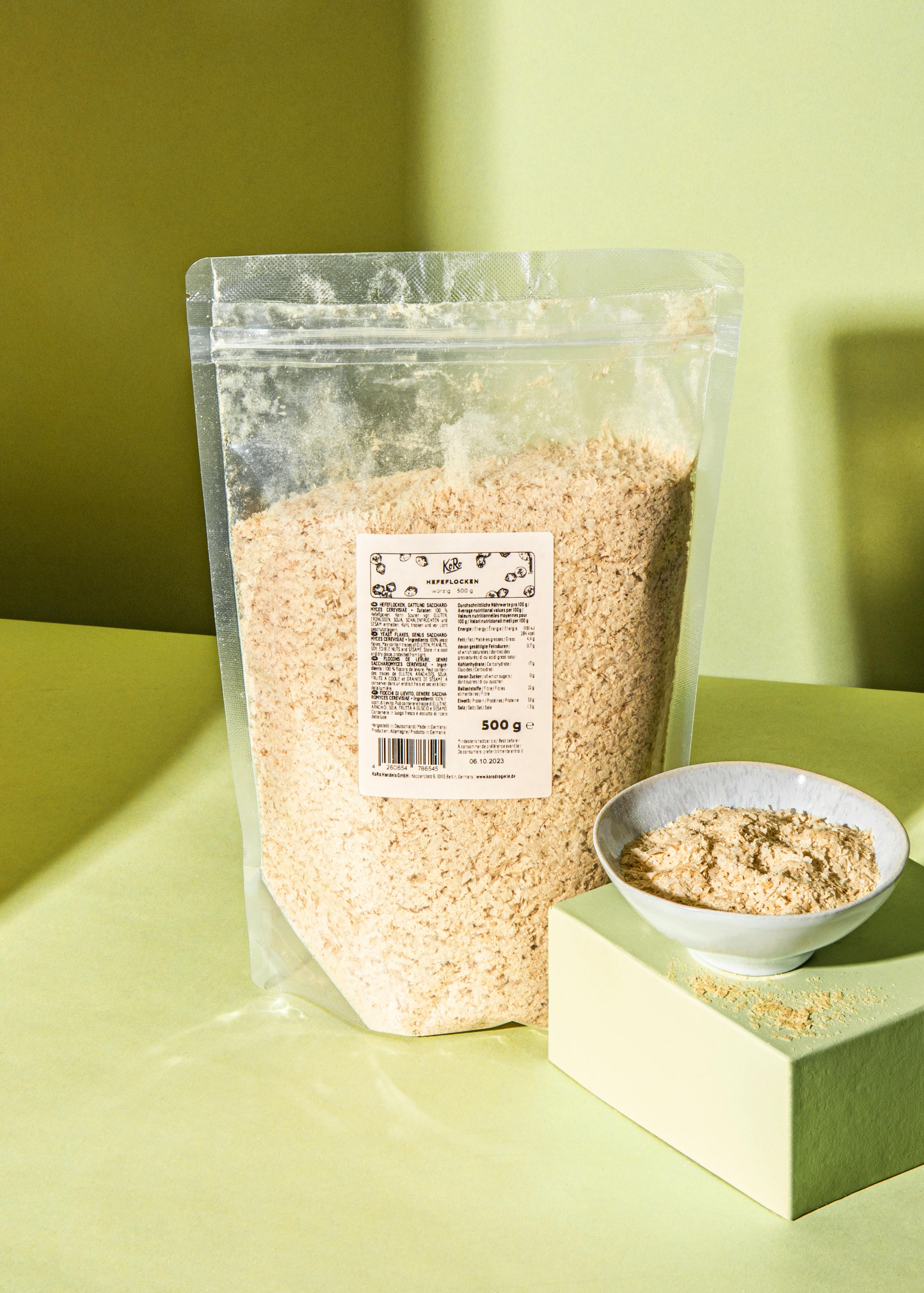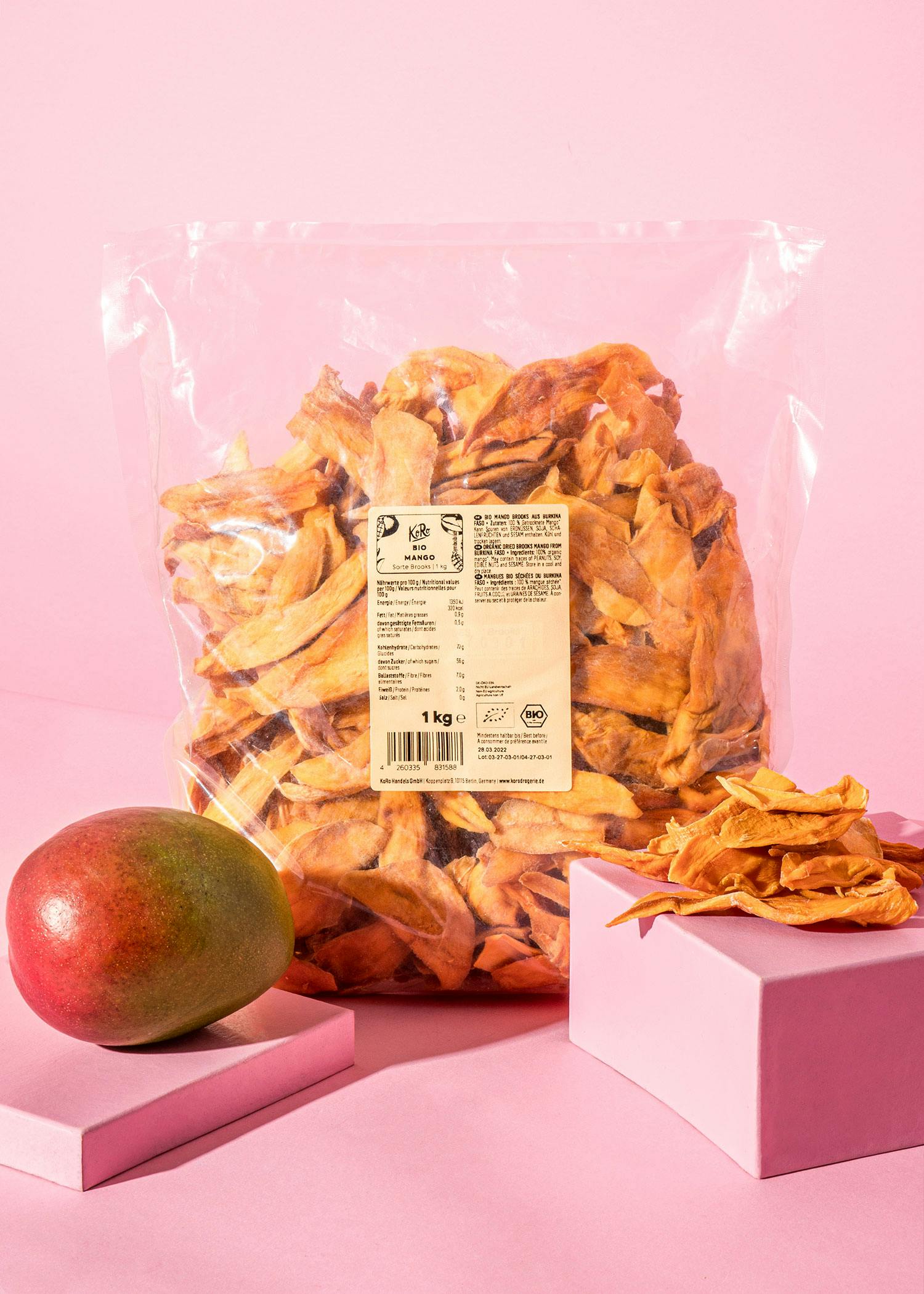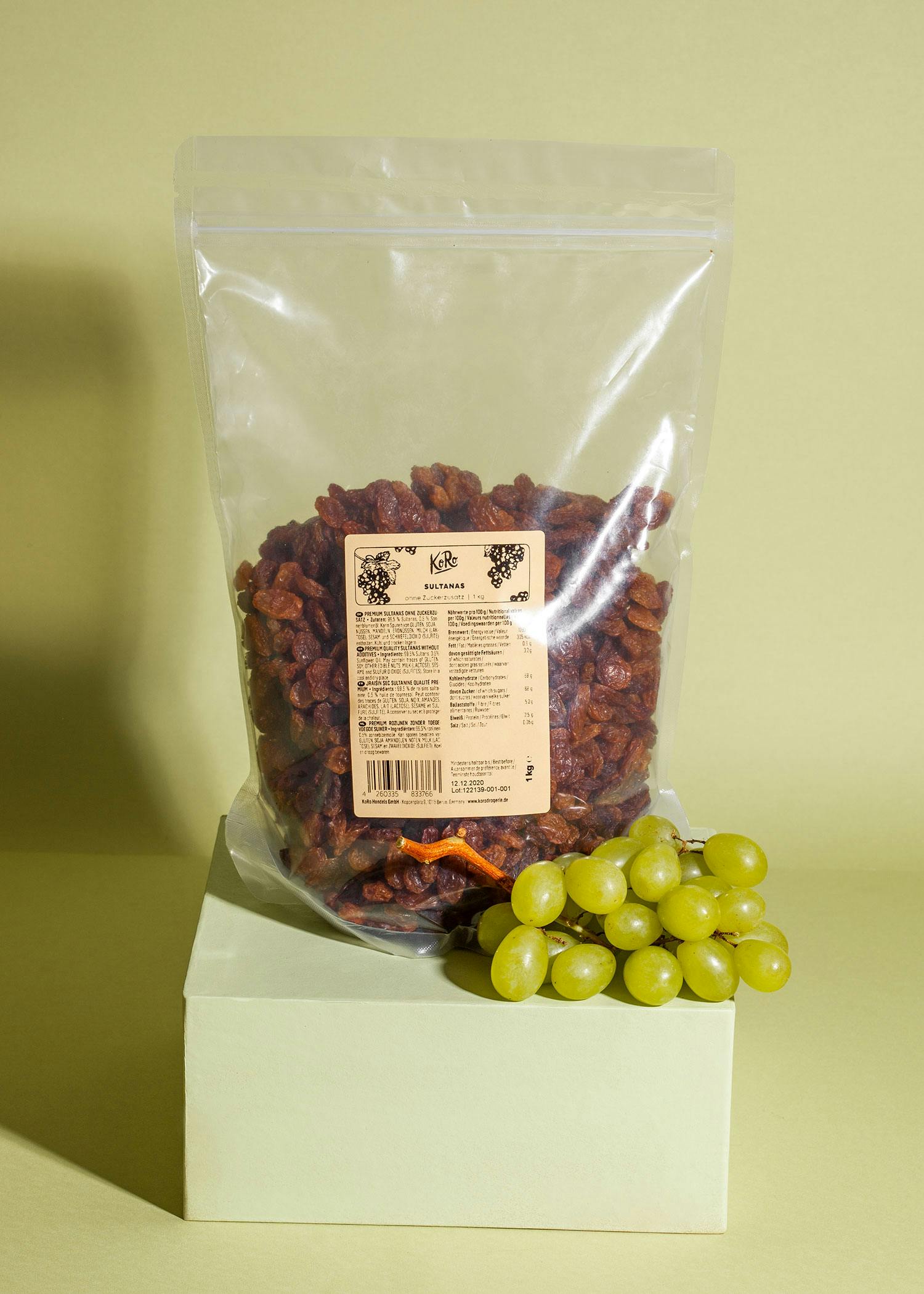Available immediately, delivery time 5-6 days
Buy now: Organic polenta 2kg
A mild summer night, a happy babble of voices around a white tablecloth, and in the midst of this warm, exuberant atmosphere, it makes its entrance: freshly cooked, creamy polenta, whose seductive scent rises towards the bright starry sky.
Polenta – simple food with a great potential
While our office indulges in Italian summer night dreams with steaming polenta, we remember that this dish, consisting mostly of cornmeal, has always been considered a poor's meal, all the way from Spain to southern Russia. In the past, one-sided polenta-based diets often caused vitamin deficiencies. However, when properly prepared, high-fibre cornmeal is anything but nutrient-poor; moreover, the grits of which our organic polenta is made of are processed with valuable sprouts – usually removed and turned instead into high-quality oil.
Polenta – what is it?
By definition, polenta is a solid porridge made from cooked cornmeal. Like corn flour, cornmeal consists of maize kernel endosperm, but unlike flour, semolina is ground somewhat coarser. Especially in northern Italy, Provence and Spain, polenta – or synonymously maize semolina – is part of the regional cooking tradition. However, it is a popular dish across all national borders. Polenta is often discredited for tasting dry and bland. However, with selected herbs such as rosemary and thyme, and optionally with cheese and fine oils, the hearty semolina porridge becomes a creamy and aromatic taste experience.
Polenta – more than a side dish
Like mashed potatoes, polenta is often served as a side dish with meat, fish or vegetables. But polenta slices baked in the pan until golden brown or roast patties also make a wholesome lunch with a green salad. The semolina is also ideal for a hearty polenta casserole or wheat-free polenta pizza. But not only delicious polenta variations can be prepared from maize semolina. Its slightly sweet taste also makes maize grits a popular ingredient for porridge aka. breakfast porridge or sweet desserts. Cornmeal can also be used for gluten-free* baking of bread, rolls or biscuits..
Buy organic polenta corn semolina
The most important ingredient for our polenta maize semolina is high-quality maize. At KoRo, it comes from controlled organic cultivation and is gently processed into semolina immediately after harvesting. The maize semolina is then packed airtight without colouring, flavouring or preservatives. With the low-priced value pack, you always have all the necessary ingredients for delicious polenta at home and save money and resources. So what are you waiting for? Bring the taste of Italy into your kitchen with the golden-yellow cornmeal and enchant your guests with the magic of simplicity. Buy organic polenta cornmeal now!
* Organic polenta corn semolina from KoRo may contain traces of gluten. More information in the FAQs.
| Average nutritional values | per 100 g |
|---|---|
| Calorific value (in kj/kcal) | 1476 / 350 |
| Fat | 4 g |
| thereof saturated fatty acids | 1 g |
| Carbohydrates | 65 g |
| thereof sugar | 1 g |
| Dietary fiber | 9 g |
| Protein | 9 g |
| Salt | 0 g |
| Product number: | MAIS_007 |
|---|---|
| Best before date | 13.09.2024 |
| Origin | Austria, Czech Republic, Slovakia, Hungary |
| Organic Origin | EU agriculture |
| Content | 2 kg |
| Manufacturer | KoRo |
| EAN/GTIN | 4260654786361 |
| Data sheet | Specification |
| Organic control body & Organic origin |
|
| Nutrition traces | Nutrition traces |
| Shipping | Delivery time outside of Germany |
| Company |
KoRo Handels GmbH Hauptstraße 26, 10827 Berlin |
| Storage Advice | Store in a cool and dry place |
| Ingredients | 100% cornmeal* *from certified organic agriculture |
| Cross contamination | May contain traces of GLUTEN, NUTS, SESAME and SOYA. |
| Trade Name | Organic fine cornmeal |
| Label note | Ingredients, nutritional values, and packaging may change. For exact information, please check the product description. |
| Press & Resellers | Download cropped photo |
Production

Maisgrieß wird aus dem Mehlkörper des Maiskorns hergestellt. Mais ist eine Pflanzenart innerhalb der Familie der Süßgräser und ein glutenfreies* Getreide. Als die einzige der gewöhnlichen Getreidearten stammt Mais aus Amerika, wird jedoch seit vielen Jahrhunderten auch in Europa angebaut und ist heutzutage die zweitwichtigste Kulturpflanze auf deutschen Feldern. Der Mais für den Maisgrieß von KoRo stammt aus kontrolliert biologischem Anbau.

Kulturmais ist eine sommergrüne, einjährige und krautige Pflanze. Der dünne, aber kräftige Stängel kann eine Wuchshöhe von bis zu drei Metern erreichen. An dieser sogenannten Sprossachse sind wechselständig Laubblätter angeordnet. Am oberen Ende der Sprossachse bildet die Maispflanze die Fahne mit männlichen Blüten. Dort werden die Pollen gebildet. Am unteren bis mittleren Bereich des Halmes befinden sich ein bis drei Spindeln mit weiblichen Blüten. Aus den weiblichen Blüten werden nach Fremdbefruchtung die Maiskolben. Jeder Kolben enthält mehrere hundert Samenkörner.

Die Aussaat der Maissamen erfolgt in Deutschland meist ab Mitte April. Aus einem kleinen Samen entwickelt sich binnen der Sommermonate eine stattliche Pflanze. Die Ansprüche der Maispflanze an den Boden sind dabei gering. Wichtiger sind die Erwärmung des Bodens im Frühjahr sowie die ausreichende Wasserversorgung. Mitte Juni beginnt die Zeit der Blüte. Meist entwickelt sich pro Pflanze nur ein Maiskolben.

Liegt das Hauptinteresse auf den Maiskörnern und nicht auf der Pflanze, wird der reife Mais von Ende September bis Ende November geerntet. Körnermais kann heute mit Hilfe von Mähdreschern geerntet werden. Ein spezielles Schneidewerk trennt dabei die Kolben von den Stängeln. Die Maiskolben werden direkt vom Mähdrescher gedroschen, dabei werden die Maiskörner aus dem trockenen Kolben herausgelöst.

Mais wurde von Christoph Kolumbus als eine der ersten Pflanzen von Amerika nach Europa gebracht. Aufgrund der hohen Ernteerträge verbreitete Mais sich dort rasch. So ist es wenig verwunderlich, dass Maisbrei im 17. Jahrhundert zu den Hauptnahrungsmitteln der Küche des alten Roms zählte und zum europaweit verbreiteten „Arme-Leute-Essen“ wurde. Die Beliebtheit ist geblieben, mittlerweile hat raffiniert gewürzte Palenta jedoch auch den Weg in so manche gehobene Küche gefunden.

Die bei der Körnermaisernte gewonnenen Körner sind sowohl für die Fütterung als auch für die menschliche Ernährung geeignet. Nach dem Dreschen müssen in einem ersten Schritt Spreu und Maiskörner getrennt werden. Abgefallenes Stroh und Staub wird dabei mit Hilfe von Wind weggepustet, die schweren Maiskörner fallen durch eine spezielle Vorrichtung und werden im Anschluss gründlich gereinigt.

Mais ist bereits im ursprünglichen Zustand essbar und müsste nicht weiterverarbeitet werden. Für unseren Maisgrieß wird der frische Mais schonend getrocknet, da der hohe Wasseranteil des Maiskornes zur Entwicklung von Schimmel oder Bakterien führen kann. Im Anschluss werden Mehlkörper und Keimling von der Schale separiert. Mehlkörper und Keimling werden zu Grieß vermahlen. Die Herstellung von Grieß ähnelt sehr der Mehlherstellung und unterscheidet sich lediglich in der Mühleneinstellung.

Wir bei KoRo haben uns kurze Handelswege, faire Beziehungen zu unseren Lieferanten und möglichst hohe Naturbelassenheit zum Ziel gesetzt. Ohne den Zusatz von Farb-, Geschmacks- und Konservierungsstoffen landet der feine Maisgrieß darum unmittelbar in seiner luftdichten Verkaufsverpackung und ist bereit, von Dir bestellt zu werden. Mit der preisgünstigen Vorteilspackung hast Du dabei immer alle notwendigen Zutaten für cremig-leckere Polenta zu Hause. * Bio Polenta Maisgrieß von KoRo kann Spuren von Gluten enthalten. Mehr Infos in den FAQs.
This is how the price has developed over time
All data without guarantee!
Login
4-5 star reviews 🙂
Sofort ausprobiert und als lecker empfunden. Fehlt
1-3 star reviews 🙃
tastes good. my son loves it. It
Very satisfied with the product, very good value for money, thank you⁸
Very tasty
Good quality with good price .
J'adore
Really good
Very tasty
Make your order free of shipping costs! 🤑
As long as new products don't have pretty photos yet, you save the shipping costs.
